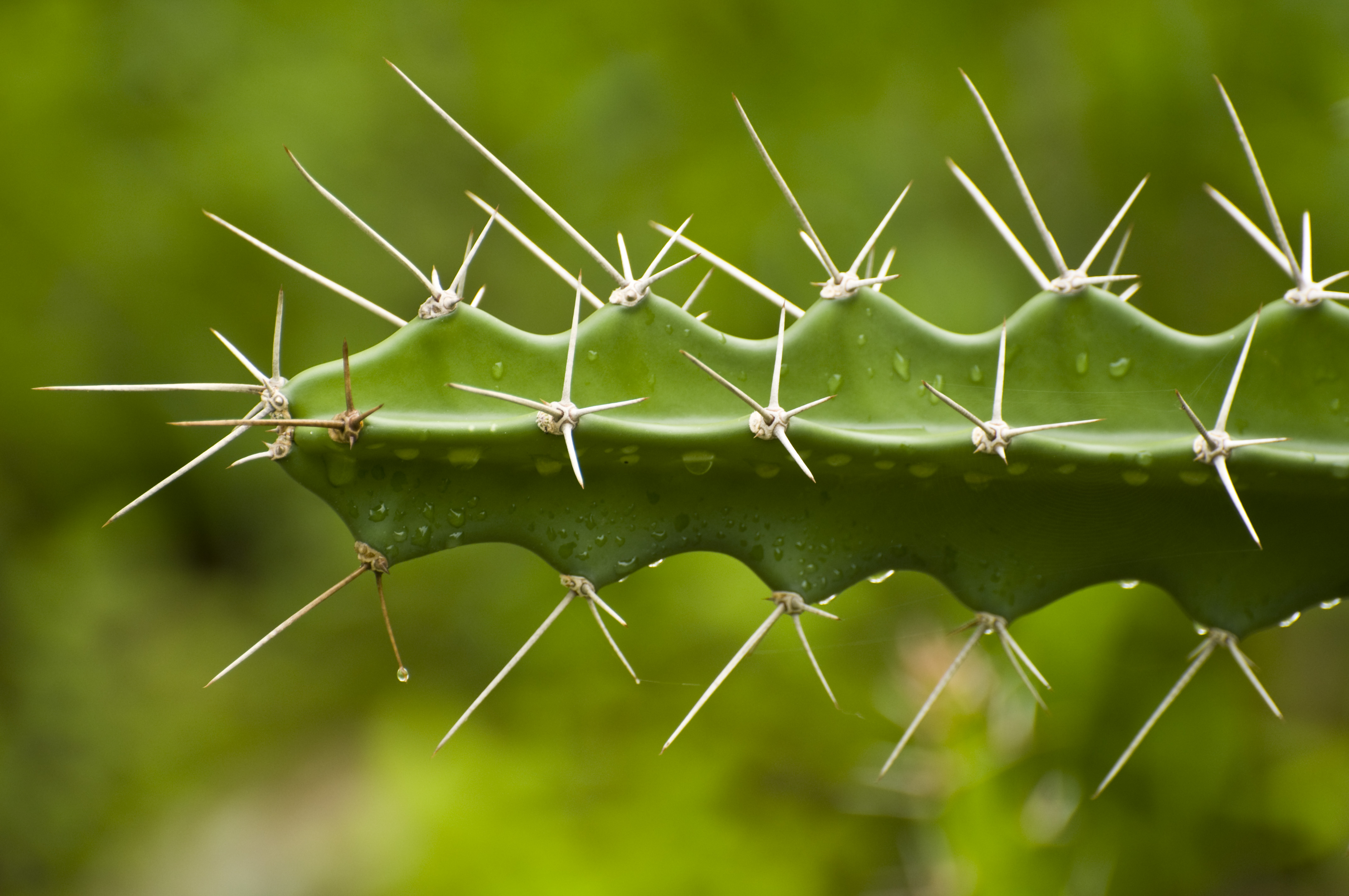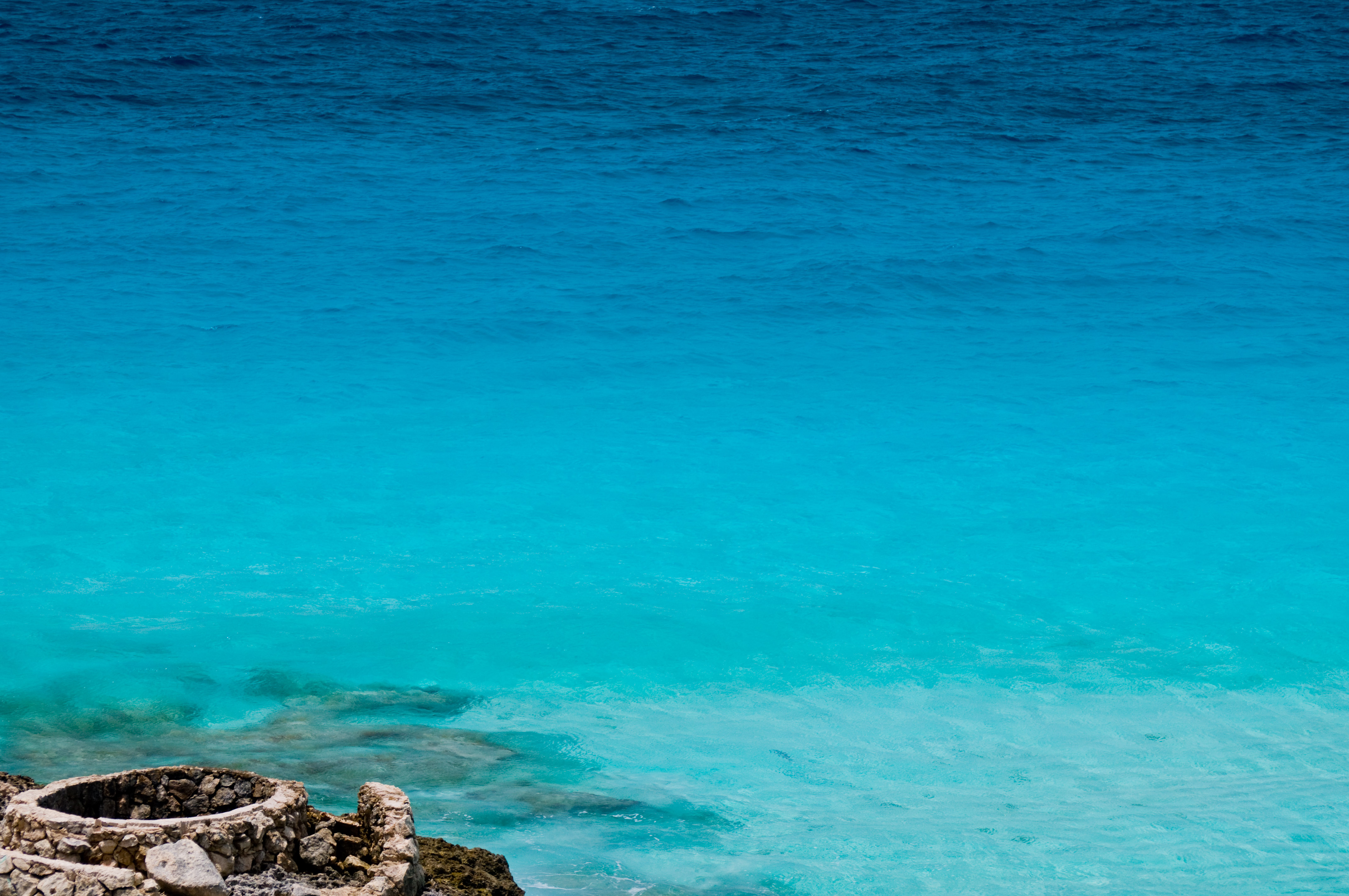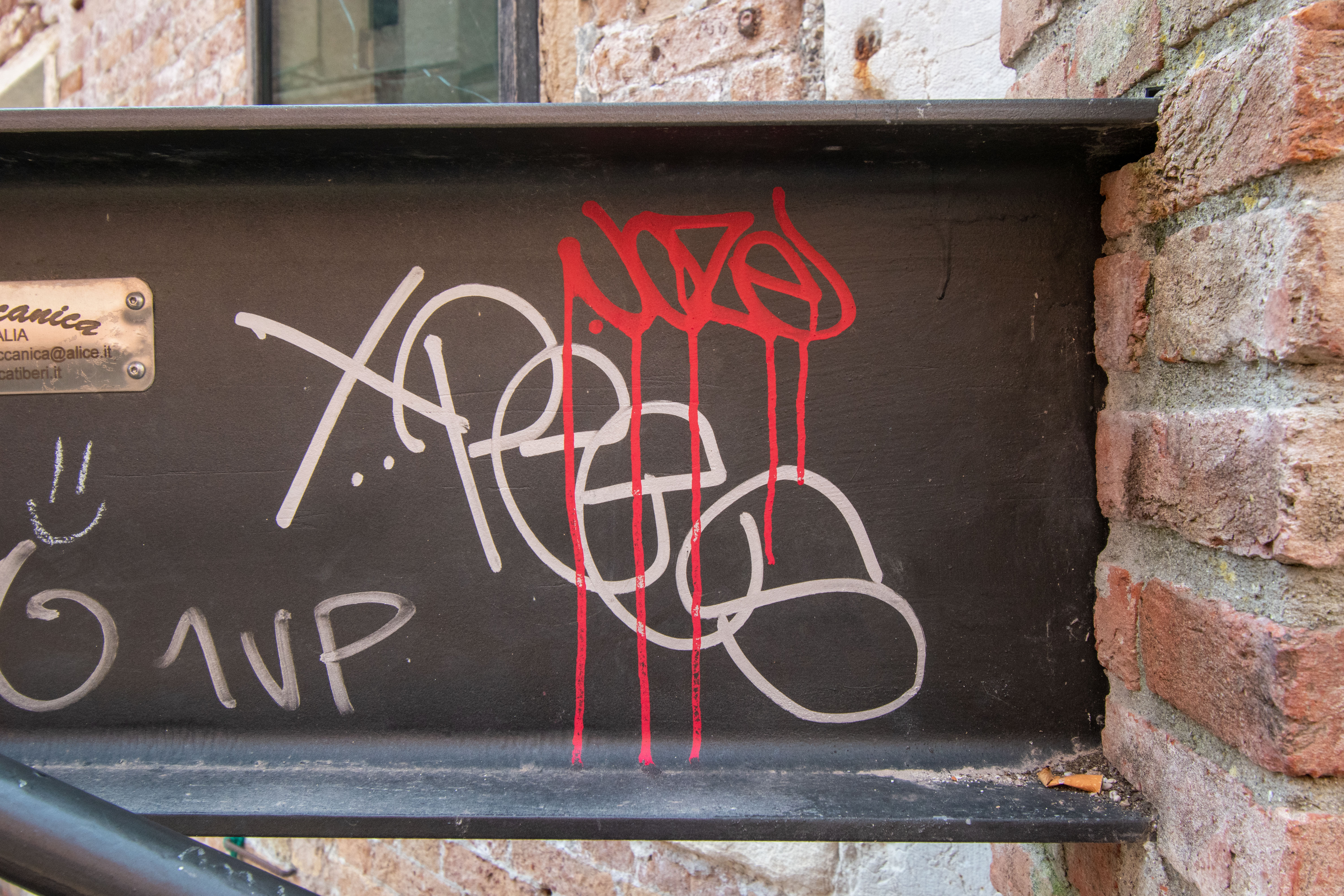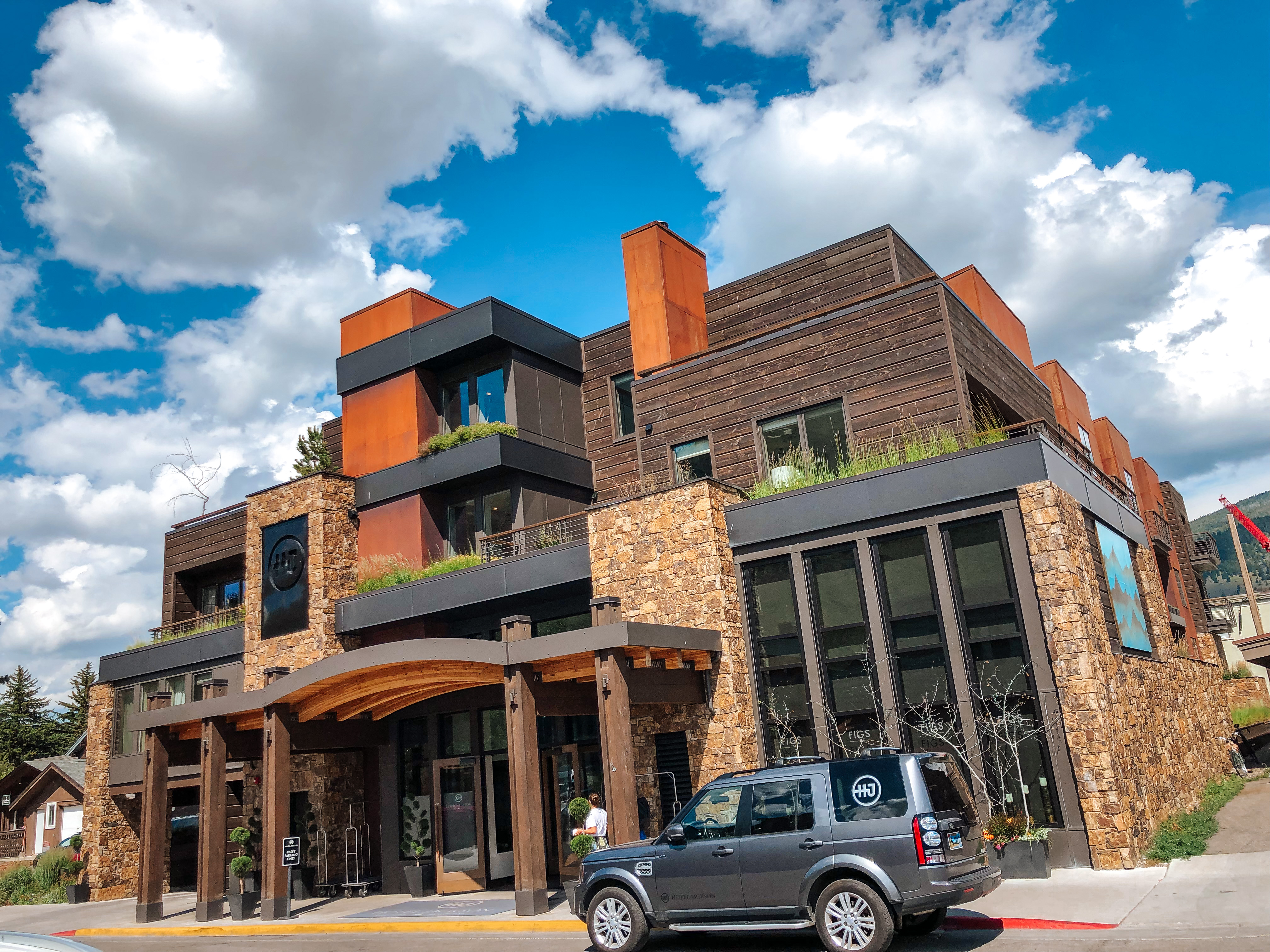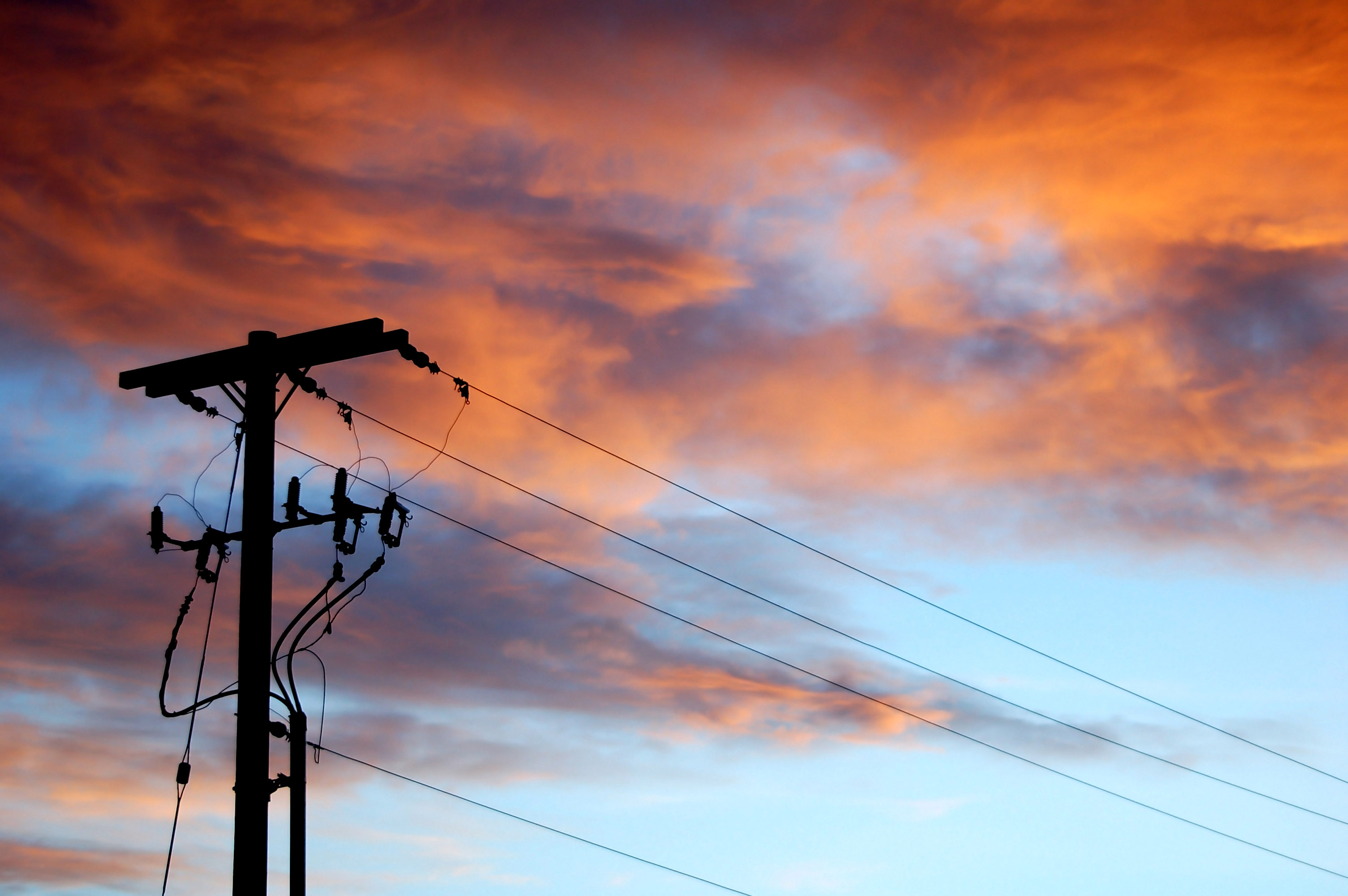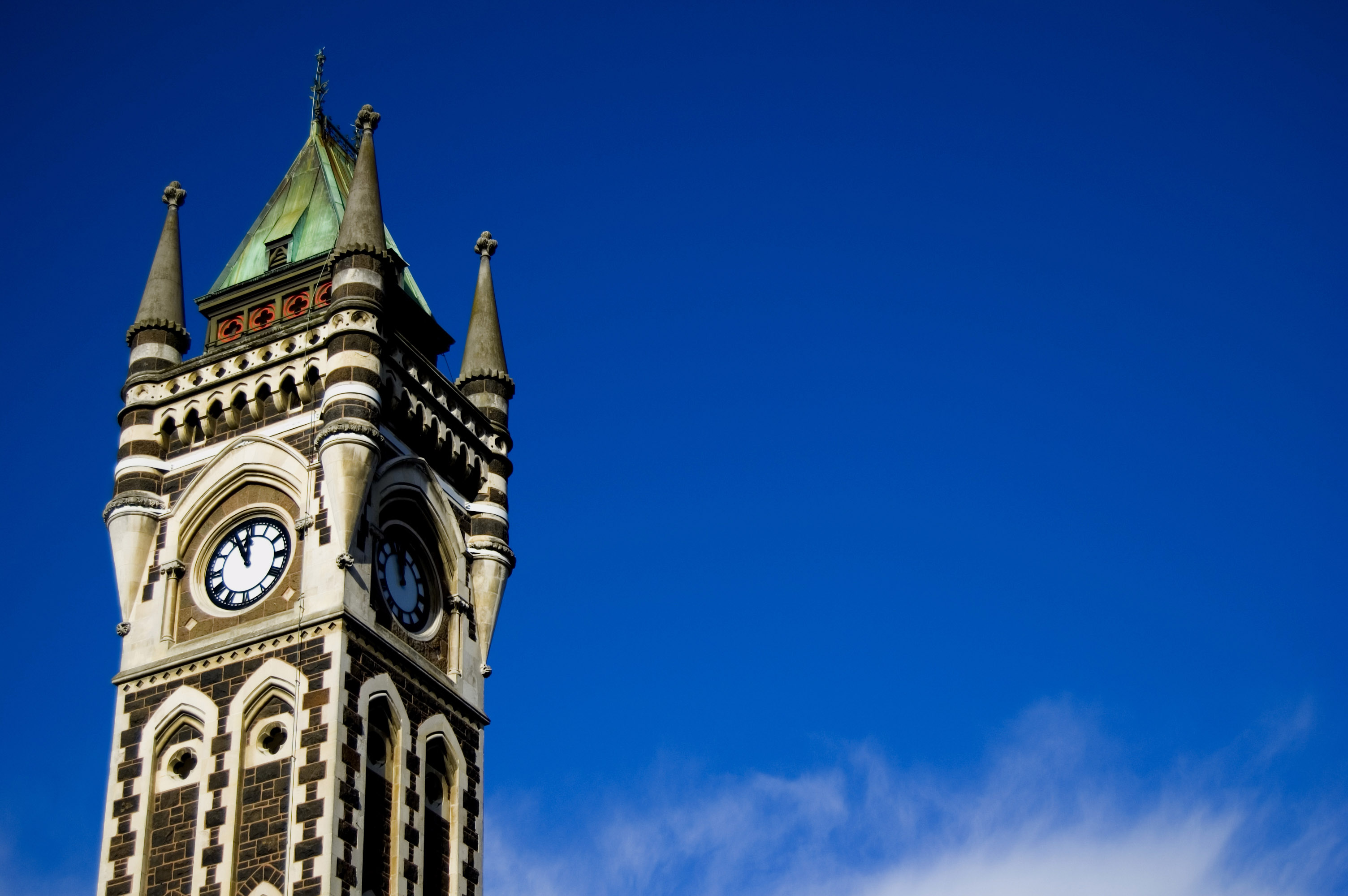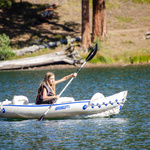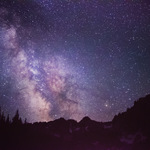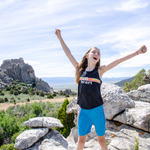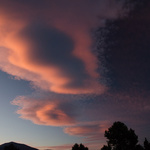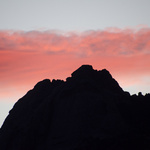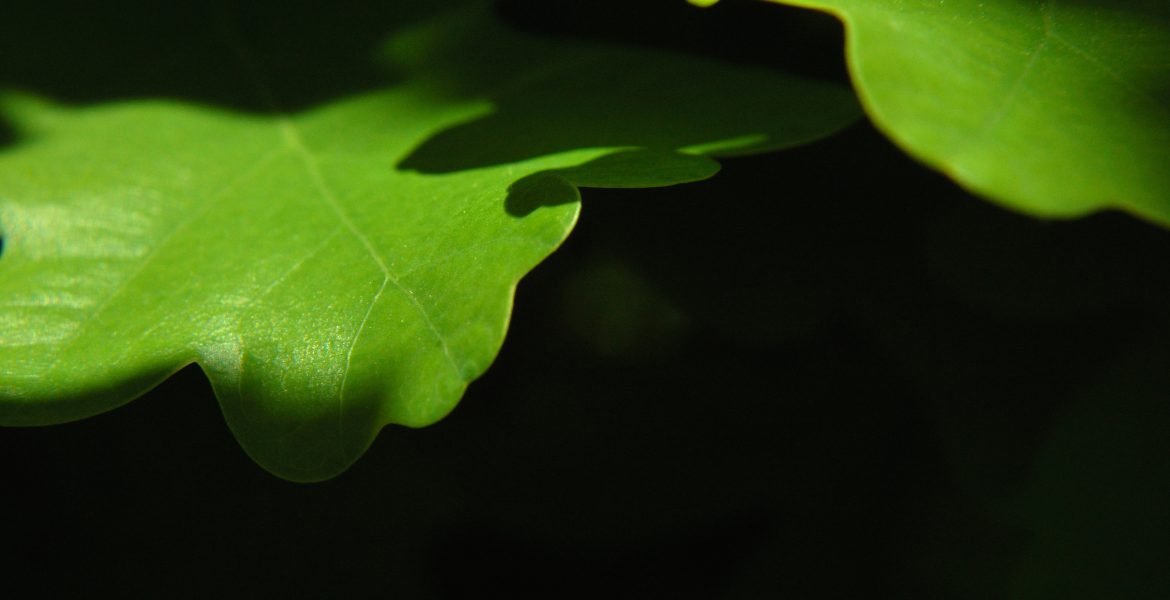
Leaf Photography – Free Leaf Design Images
Free Stock PhotosLeaf Photography – Free Leaf Design Images
Leaf Photography – Free Leaf Design Images. Select the button below any image below to view free, downloadable leaf design images for free use on your website, blog, print or digital media, or other project.
Copyright and Credit: Leaf Photography – Free Leaf Design Images
How to Credit
All leaf photography and leaf design images are property of Mod Fam Global LLC and offered for private and commercial use, free of charge. Please credit Mod Fam Global, LLC, https://modfam.global/ for any public, online, or print materials using our images.
Send us a Note
If you use any of our free leaf design images for online or commercial use, please send us a note and let us know how you used the photos. We love to see how our photography is being used, and we appreciate photo credit and links back to our site.
Leaf Photography Tutorial
Manual Camera Settings – Aperture
Aperture, or f-stop, controls the size of the opening that lets light in through the lens to expose your film or digital sensor. But aperture also controls the depth of field or focus area of your photo. In the leaf photo below, I used a wide aperture around f4.5 with a telephoto lens to narrow the depth of field so that only a small area of the leaf is in focus. This creates a sense of depth and a nice bokeh effect. Bokeh is the blurred effect in the foreground and background. When photographing details on leaves, using a wide aperture will give you a narrow depth of field and focus on just the details you want to emphasize on the leaf.
Manual Camera Settings – Shutter Speed
Shutter speed works in tandem with aperture to control the amount of exposed light in your image. So generally, if you use a wide open aperture (f4.5, f5.6, f7.1 or similar), you’ll select a faster shutter speed to compensate for all the light coming in the wide opening. The opposite is true, as well. With a smaller aperture, you’ll want to slow your shutter to allow more time for light to expose the image. In the next two photos, diffused, cloudy light brightened the overall image, so I was able to use a faster shutter speed with a medium aperture. Light conditions, using a polarizing filter, and other variables will affect your shutter speed. If you’re not sure where to start, check the camera’s auto settings, which give you an “average” for the light in the frame. Start with those settings and adjust from there.
Manual Camera Settings – ISO
ISO refers to the light sensitivity of film or digital sensor. With a D-SLR, the range of ISO is much wider than traditional film. But whether you photograph with film or digital, the higher the ISO, the more grain and visual noise you will get in your images. You may prefer to use a higher ISO, either for low light photos or for the grainy effect it produces, or both. Higher ISOs are great for low light conditions, nighttime photos, or for creating a grainy, artistic look. If you want a clean, crisp image with minimal grain, though, use a lower ISO. In low light, that may require the use of a tripod, especially for night photography or dimly lit subjects.
Leaf Photography Composition Basics
Once you’ve figured out your manual camera settings, it’s important to think about composition. Compare the two images below. The first uses the lines of the branches to draw the eye upward, into the canopy, in a traditional, wider angle composition. In the second photo, I use a lower section of the same tree to “layer” the image with a telephoto lens and successive sections of branches and leaves. The two photos look almost nothing alike, and yet I took them from exactly the same spot.
Creative Leaf Photography Framing and Composition
How you frame the photo, the angles you use, and the lens and focal length you select all contribute to the final composition. This is where you can be creative and develop a photo that reflects your own unique perspective. Think of how many other ways you could frame and compose the photos below. The possibilities are endless, and each subject gives you unlimited potential to compose your photo.






























